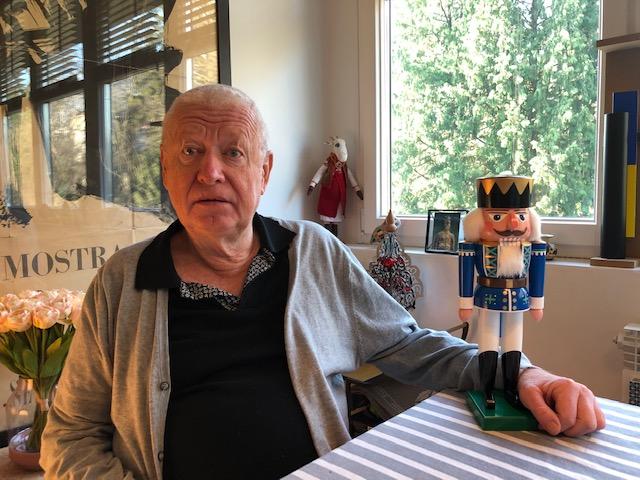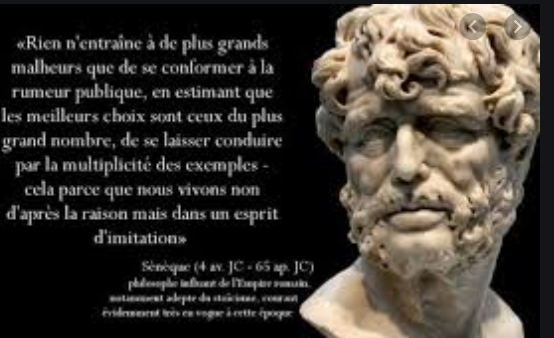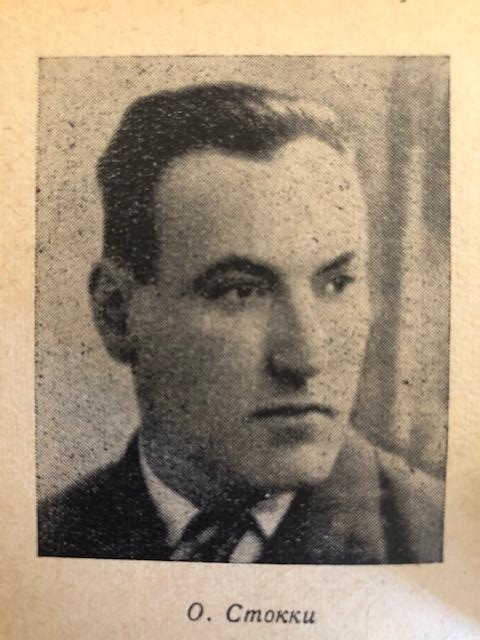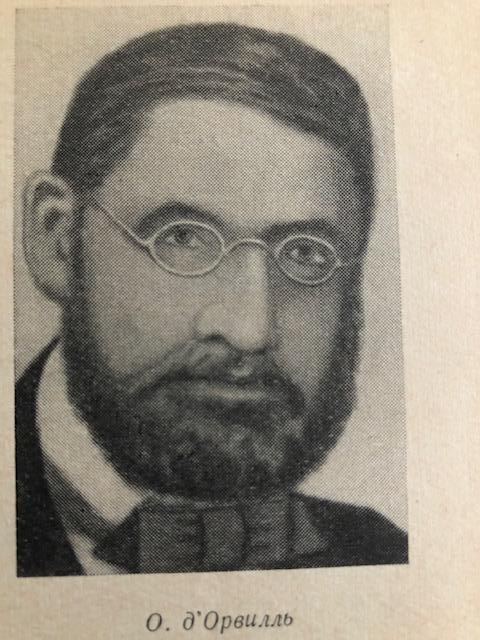After a technical problem at the beginning, the first course of 2020 went off without a hitch with a clean sound and no lag.
This first lesson saw Pierre's switchback and Han as well as the arrival of a newcomer with a well-honed tactical sense despite a microphone failure.
The game of the day, although known, contains an exceptional richness...
that you will discover below in the Master's high level report
Master's words


For this new beginning, my wishes for health and artistic joys, without obscurantism and ignorance prevailing around you. May you be indifferent to what swarms, frogs and scribbles, as a great man taught 50 years ago, who was not always so well inspired. And a reminder for some ignorant people: we are now in the last year of a decade (started 1-1-2011), not the first of the next.
"We Have All The Time In The World" (L. Armstrong).
"Fought: often; beaten: sometimes; shot: never" (F.-A. Charette de la Contrie).
"Who knows how to die will never be a slave" (Seneca).
"[Chess has] sometimes made your pleasure, as [it has] made the pleasure of the greatest men" (Ph. Stamma to Lord Harrington, 1737).
A little warm-up in the pawn endgame: the choice of the right square for the King is repeated in the pawn-rook vs. Queen endgame which occurs, known since the 16th century.
A Ukrainian exercise in virtuosity, based on stalemate.
How to draw with one less bishop. White's conductor is best known for a book devoted to a very strong and magnificent tournament, yet forgotten by some historical books, the 1964 Russian Zonal, from which we have extracted a game here: http://lecoursdumaitre.e-monsite.com/pages/cours/cat-2009/14-avril-2009.html
Exercises: another pawn endgame, an example of an embarrassment of riches and a Knight and 2 pawns vs Rook struggle.
Someone asks who are the "positional masters"? This question obviously makes no sense, the word "positional" being a nonsense that I have been enduring for 60 years. A bit like saying that a foot-ball player has a very good "ball skills". Completely idiotic.
Any chess player, whether a strategist or a tactician, is obviously interested in "position". The only possible meaning might be this: a player who only cares about what happens on the board, as opposed to those who only see the clock, playing anything to induce a time crisis blunder from their opponent.
But no, those who use this term mean a calm player, who does not provoke, does not set the board on fire like Lasker, Tal, Shirov and others. A player who is more of a strategist, that's more glorious! The proof is that they cite Capablanca as an example. Or Petrossian. Do they know that neither of them feared the storm, knowing perfectly well how to face it? At most, they were not particularly looking for it, having other ideas. Calm, yes, if you like.

I saw that Morphy was mentioned as a player who preferred strategy. This is indeed very wise, because if some people think he is a wild and romantic player, you have to compare him to his predecessor Anderssen. And indeed, compared to him, he calms the game. He places his figures where they are needed, does not set fire to anything, just the occasional ember, after generations of pyromaniacs. As the experts of La Régence said, "Morphy is not as brilliant as La Bourdonnais, but solid, precise and analytical"! Lasker describes him as a "rational player".
To be continued: there is no reason why you should not participate, at the top right (discussion forum, an important theoretical novelty!), or directly at the bottom of each page.
Our game of the day (Bird-Morphy) is justly famous for its rook sacrifice, immediately followed by a Queen's move in capture (but impregnable) on an unusual square. We complete it with an analysis, beside which the game itself seems disconcertingly simple.
A pleiad of riches, but one can "crack" for the mini-studies of the 38th, 40th, 41st & 42nd moves, with in particular a new example of what I had called the "Mandler theme": the reversal of the good move and the bad move in two variations. And a triple middle ground... bicolour!
Did you know that? Morphy is the son of Alonzo Morphy (whose father lived in Madrid) and Thelcide Carpentier, daughter of Joseph Le Carpentier. He is therefore both Spanish and French, just as Bobby Fischer is both Hungarian and Polish. Long live the new world!
Training: a variety of 2# from all periods, the first two , the 9th and the last seem to me to be the easiest. The 3# are very different; the first shows us a dynamic Queen, the second is very clever, the last (182 years old) should give you a rest.
the 9th and the last seem to me to be the easiest. The 3# are very different; the first shows us a dynamic Queen, the second is very clever, the last (182 years old) should give you a rest.  The second 4# has been corrected by yours truly, the pretty mats remain but without a spurious solution. The 5# is a rex solus, ending (obviously) with a model mate. The two short helpmates come from a world championship already long gone. The long helpmate, from a Brazilian author, is strategic, with an echo of manoeuvres. We end with a selfmate with many sacrifices.
The second 4# has been corrected by yours truly, the pretty mats remain but without a spurious solution. The 5# is a rex solus, ending (obviously) with a model mate. The two short helpmates come from a world championship already long gone. The long helpmate, from a Brazilian author, is strategic, with an echo of manoeuvres. We end with a selfmate with many sacrifices.
Have a good time. See you in February. Adeus.
Comments
1 Alain On Friday, may 15, 2020
2 Alain On Tuesday, february 11, 2020